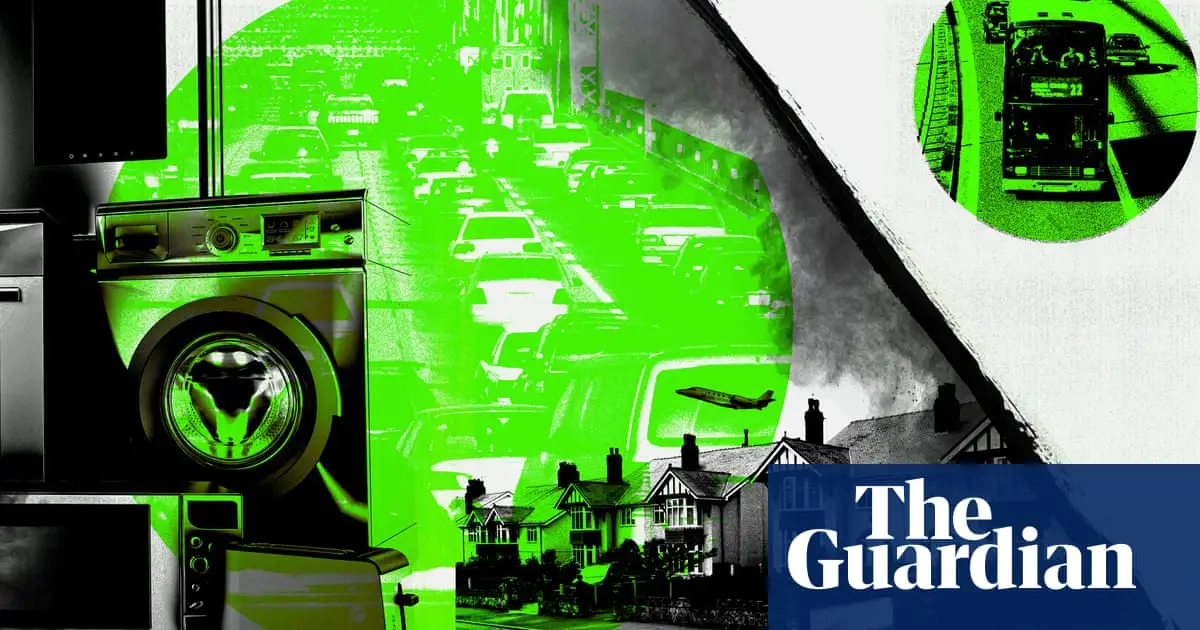The top 1% still produces more than the bottom 70% combined
The top 10% include the top 1%, skewing the metric.
Let’s see the data without the top 1%, I’m sure the statistics will suddenly be way different
In the US and Canada, road transport makes up about a third of the footprint of the top 10%. The transport emissions of the richest 10% are the same as the transport footprint of the bottom 70% of the population in those countries.
This is probably dominated by the 1% as you mention. The bottom 70% combined certainly drives much more than the top 1%/10%, but just gets absolutely dwarfed by other transportation emissions (likely recreational air travel). Top 10% in the US is rich, but not private jets to go to dinner at the hot new spot in a different city rich.
“Transport, especially car use, is a major factor in the sky-high emissions of the richest 10%, with these emissions 20-40 times higher than the transport emissions of the poorest 10% in the countries analysed.” This is why EV’s are anything but a solution to the climate crisis.
Can’t read the article due to paywall, but “the top 10%” is definitionally not in “the middle classes”.The Guardian doesn’t have a paywall.
“Middle Class” in the US or Western Europe is generally in the world’s top 10%.
Ah, yeah, I saw the account beg and took it for paywall.
The first paragraph makes it clear that the compared percentages are within countries, not between rich countries and poor countries.
The article also specifically says it’s more about in-country inequality than inequality between countries now:
When climate negotiations began in the 1990s, most of the inequality in people’s carbon emissions was between rich and poor nations. Three decades on, the situation has reversed. Now, most of the inequality in emissions between the rich and poor exists within individual countries.
Yes it is. A large chunk of the richest countries’ middle class is the world’s top 10%. That includes most of the people reading this.
The first paragraph of the article is comparing the top 10% to the bottom 10% within the same country
People often forget that the top 10% include the top 1%.
I wonder how the statistics would look if the top 1% were removed from the equation.



